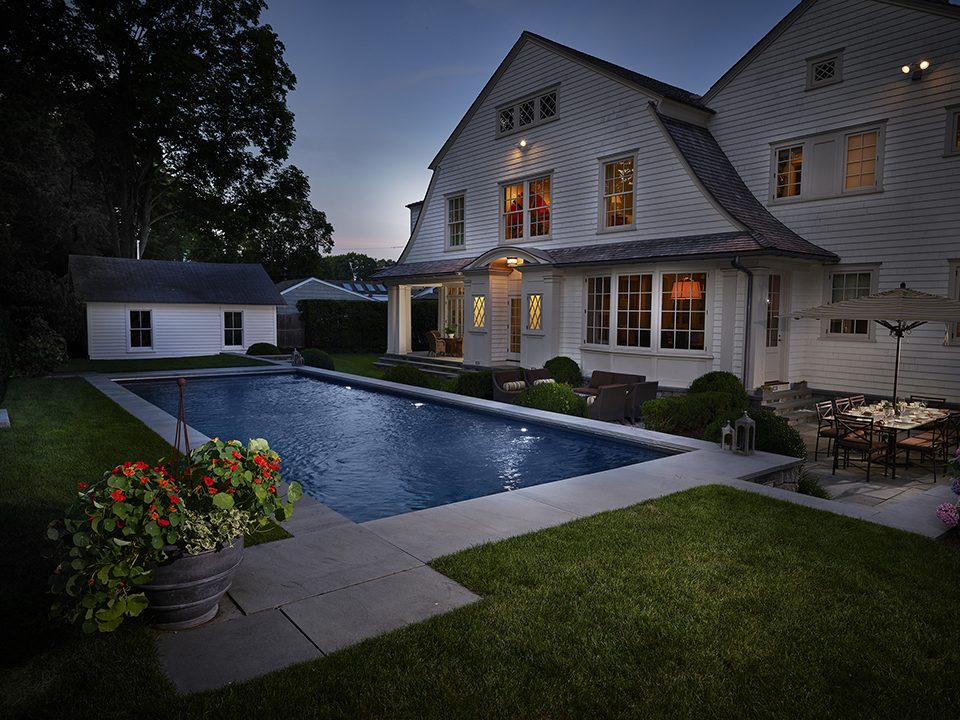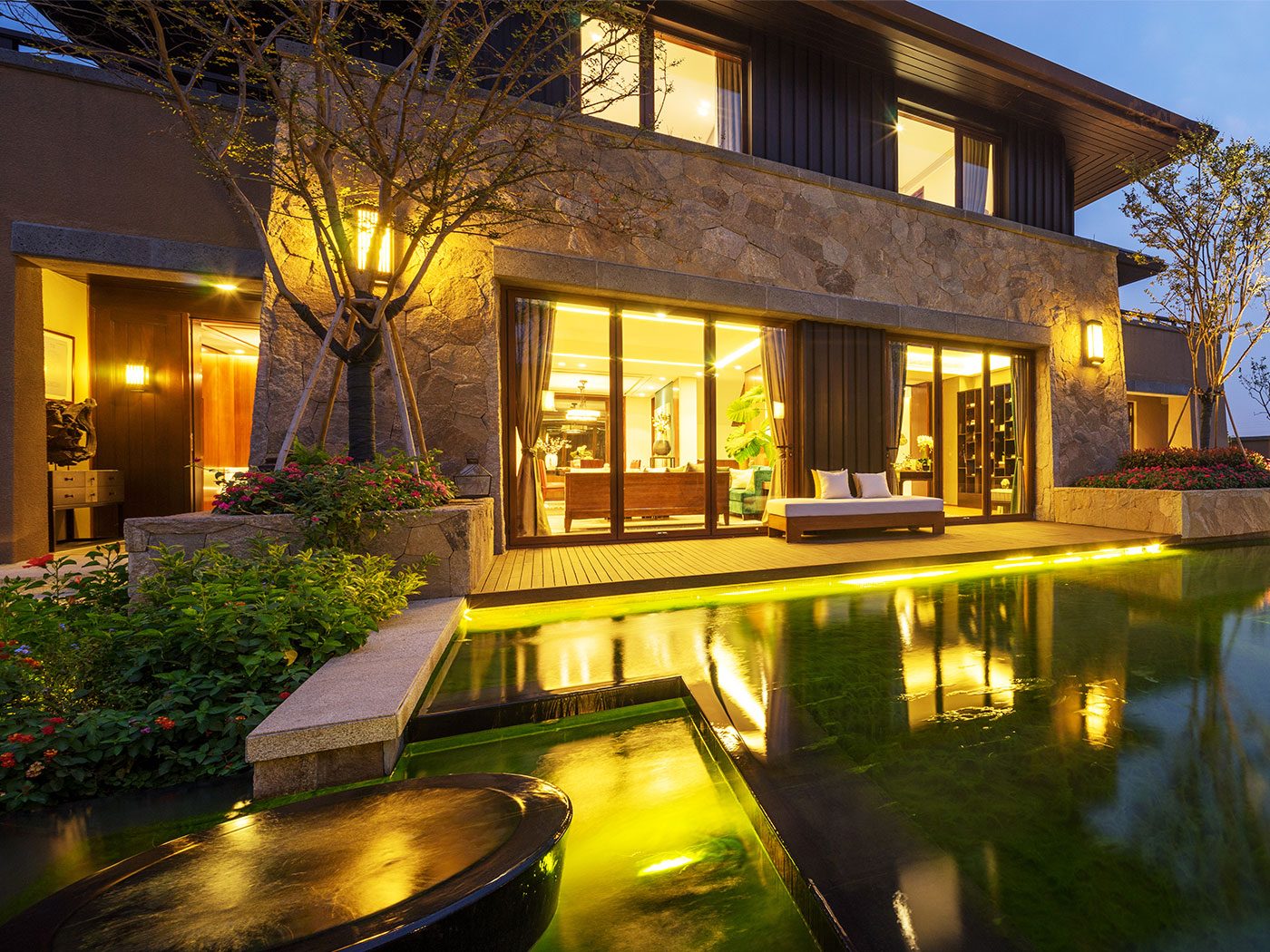Our material suppliers have informed us that there will be a chlorine shortage this summer. Supplies are predicted to run low (or run out!) around the end of July 2021.
The specific products in short supply include:
1) “Tri-chlor” tablets.
2) “Dichlor” chlorine powder.
Both products are mainstays for a large portion of pool owners and have been in use for several decades.

Reasons given for the shortage include:
- Soaring chlorine demand due to building boom including increased demand for PVC.
- Soaring demand for chlorine-based sanitizers- a result of the world- wide pandemic.
- Manufacturing disruptions including a key chlorine manufacturing facility destroyed by fire.
- Supply chain disruptions exacerbated by trade wars, international travel restrictions and other workforce social distancing measures.
In our pursuit of perfect water, the reduction of chlorine has always been one of our goals, consequently we find ourselves out ahead of this challenge with some very good alternatives.

The Salt/Chlorine Generator: This technology became popular in America in the early 1980’s. It came and went like a fad because there were some bugs; AND since traditional chlorine was plentiful at the time it was quickly abandoned.
Around 15 years ago, salt/chlorine technology came roaring back. The new units had some nifty self-diagnostics and controls that the early ones didn’t, this made them more appealing to pool owners and technicians alike. There were still things we would learn about the impact of salt in a swimming pool or spa but it seemed “salt pools” were here to stay; over the next 10 years we converted approximately 1/3 of our pools and spas to these systems. What could possibly go wrong?
The first to re-think and abandon salt/chlorine generators were Builders. About five or ten years into this renewed love affair with salt/chlorine systems pool builders and masons began to change back to traditional erosion feeders. The main reason behind this was an increase in salt-related warranty claims- here’s some of them:
1) Salt stains. Remember the white stains on your winter boots? As it turned out, salt left the same sort of stains on decks – especially at high-traffic and high visibility areas such as pool entries. When water evaporates, salt is left behind and if deck material is porous, it can leave a stain that is nearly impossible to get out. Over time, salt stains were also appearing on tiles.
2) Pitting of masonry– The popularity of certain pool deck materials often depends on how cool it is when in full sun. Deck materials that are cooler in full sun tend to be lighter in color and a bit more porous. Pavers and lighter-colored stone rated for our climate zone tend to resist pitting but not entirely and staining is still a problem. As it turns out, the harder and denser stones like granite and bluestone seem to tolerate salt water best. Softer and cooler stones like limestone do not do as well in the Northeast climate where freeze-thaw cycles can damage stones. Limestone is also vulnerable to salt damage.
3) Water Chemistry– Salt/chlorine generators create some challenges that normal fresh water pools/spas does not have- at least not to the same degree. It takes a skilled service person to prevent scale and maintain pH.
Another challenge is electrolysis. Salt water conducts electricity better than fresh. All pools have some measurable “stray current” which can be detected using a millivolt meter. Keep in mind that a millivolt is one-thousandth of one volt. Not a problem for bathers per se’ but a potential problem for metals in contact with pool or spa water, especially if the pool is not properly grounded and bonded.
A zinc anode is included in the pool plumbing for this reason because stray current is attracted to the softest metal in the circuit. Anodes sacrifice themselves while protecting other metals and are usually replaced every year. Without an anode the stray current and resulting electrolysis would attack the next softest metal which is typically any copper or brass. Even stainless steel can become pitted if next in line.

Reasons To Use A Salt/Chlorine Generator: We certainly are not trying to talk you out of using a salt/chlorine generator, only offering information that will help you avoid any problems when you do.
Chlorine has always been manufactured from salt. This is how bleach is made. The chlorine shortage is not due to a shortage of salt on the planet – it’s a manufacturing issue. We expect things will be back to normal at some point, perhaps by 2022. In the meantime, we recommend all pool owners have the means to manufacture their own supply of chlorine. Your expert pool professional will either teach you how or will handle it all for you.
We also recommend you have a back-up traditional chlorine feeder in your system. Modern pools come equipped with variable speed pumps. Pair your salt chlorine generator with a VS pump and rather than set a timeclock to “on/off” set your VS pump to fast and slow.
If you have an automatic cover on your pool, consider making your salt/chlorine generator “smart” so it turns on and off when reaching your pre-set parameters.
At this time, Salt/Chlorine generators are the best way to go when chlorine runs out!



